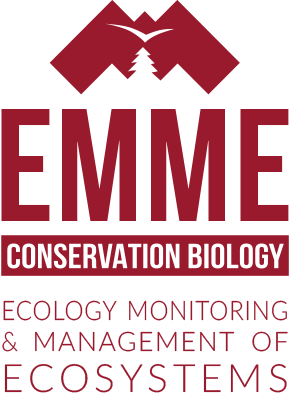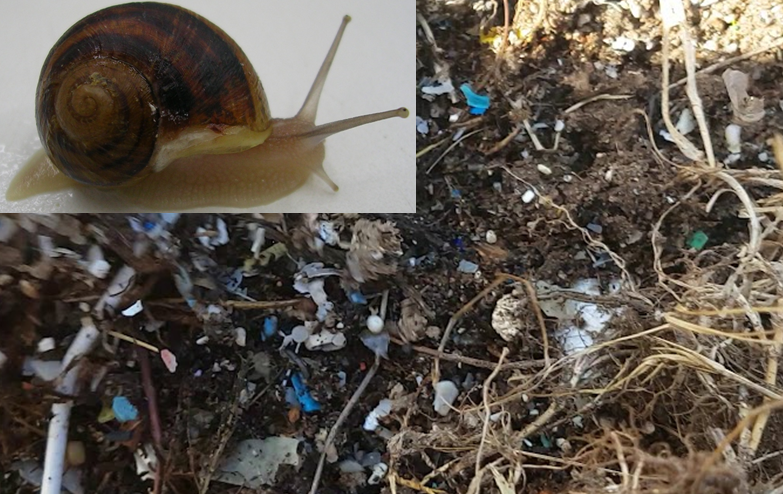Internship host:
UMR CNRS UBFC Chrono-Environnement, 16 Route de Gray, 25000 Besançon.
Context:
Plastic is used daily in numerous applications, from greenhouses, mulches, coatings, and wiring to packaging, films, covers, bags, and containers [1]. Studies on aquatic organisms revealed that upon ingestion by fauna, microplastics can physically harm the organism by internal abrasion and blockage. Microplastics can also affect the biological functions of organisms, e.g., by decreasing their energy reserves or biomass [2].
We are not aware of studies that address the uptake and effects of microplastics on soil organisms. Plastics enter soil mainly by aerial deposition, irrigation water contaminated with microplastics, from residues of plastic covers used in agricultural or horticultural products, or by sewage sludge deposition [3]. Microplastics <1 mm in size can easily be ingested by soil organisms. The interaction between microplastics and soil organisms in terrestrial ecosystems has two potential consequences: microplastics may affect the survival and fitness of the organisms, and microplastics may be fragmented in their gut and may accumulate in the feces [4]. These data are still very scarce for terrestrial invertebrates and recent studies only concern earthworms…
[1] Al-Salem, S. M.; Lettieri, P.; Baeyens, J. Recycling and recovery routes of plastic solid waste (PSW): A review. Waste Manage. 2009, 29 (10), 2625−2643.
[2] Besseling, E.; Wegner, A.; Foekema, E. M.; van den HeuvelGreve, M. J.; Koelmans, A. A. Effects of Microplastic on Fitness and PCB Bioaccumulation by the Lugworm Arenicola marina (L.). Environ. Sci. Technol. 2013, 47 (1), 593−600.
[3] Rillig, M. C. Microplastic in Terrestrial Ecosystems and the Soil? Environ. Sci. Technol. 2012, 46, 6453−6454.
[4] Lwanga, E.H.; Gertsen, H.; Gooren, H.; Peters, P.; Salanki, T.; van der Ploeg, M.; Besseling, E.; Koelmans, A.A.; and Geissen, V. Microplastics in the Terrestrial Ecosystem: Implications for Lumbricus terrestris (Oligochaeta, Lumbricidae). Environ. Sci. Technol. 2016, 5 0(5), 2685-2691.
Scientific objectives:
Because of the potential risks of microplastics in the terrestrial environment, this study will focus on the implications of microplastics in soils for a recognized bioindicator of soil quality, the land snail Cantareus aspersus.
From an operational point of view, this study will involve:
- the assessment of sub-chronic effects of microplastics on the survival and growth of juvenile C. aspersus snails exposed to various percentages of microplastics in soils during 28 days,
- the evaluation of microplastic ingestion by snails and their concentration in the feces during the experiment.
Implementation terms (techniques, work to be done, workflow etc.):
Main steps:
- Preparation of soils (artificial or field soils) and microplastic powders (PE and/or PP)
- Microplastic extractions and quantification in soils,
- Snail breeding to obtain the animals required for the experiment,
- Snail care and management of the experiment
- Monitoring of snail biological response (Survival, growth)
- Microplastic extractions and quantification in snail feces
- data analyses using R,
- oral and written communications.
A dense and diversifies bibliography to be done
Reguler meetings.
Report to write in English.
Desired skills
The successful applicant will have to master the basis of ecotoxicology. He or she has also to be proactive, capable of autonomy, responsive, rigorous, patient and able to meet the requirements of work with living organisms.






